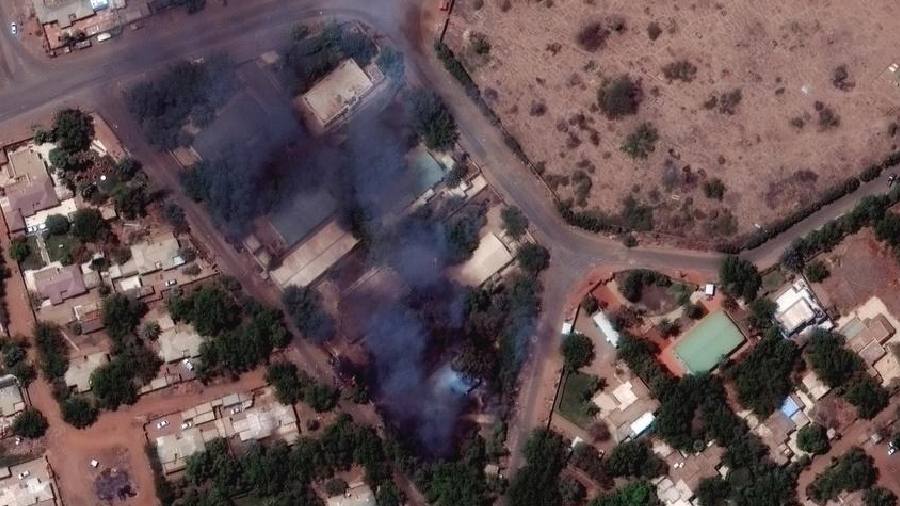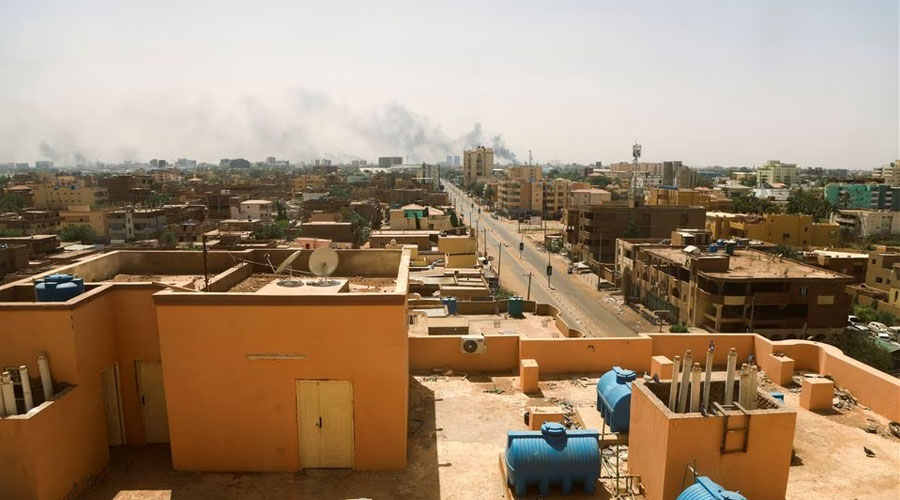A US-brokered ceasefire in Sudan appeared to be on shaky ground on Tuesday as gunfire and loud explosions erupted in Khartoum, the capital, threatening continued efforts by thousands of people to flee a conflict that has ripped through Africa’s third-largest nation for more than a week.
In pockets across Khartoum, residents reported low-flying warplanes and loud blasts near their homes. Many had hoped for a quieter day that would allow them to gain access to food and water or to flee the city altogether, and countries including Britain had aimed to take advantage of the pause in fighting to evacuate their citizens.
“Yes, definitely, they are still fighting,” said Musab Abdalhadi, 27, a Khartoum resident who lives in the city’s Al-Zuhour neighbourhood and who spoke over the din of military clashes in the background.
The clashes came just hours after the US secretary of state, Antony J. Blinken, announced that the warring parties — the Sudanese Army, led by General Abdel Fattah al-Burhan, and the paramilitary Rapid Support Forces, led by Lieutenant General Mohamed Hamdan — had agreed to a 72-hour nationwide cease-fire. During the pause, the US had hoped to engage with other countries on a peace process that would permanently end the hostilities. Although both rival groups said late on Monday that they had agreed to the cease-fire, by Tuesday morning it appeared not to have held, with residents reporting cracks of gunfire and shelling in the capital. The paramilitary force also accused the army of attacking its positions near the presidential palace in Khartoum.
The broken truce was the latest in a series of proposed ceasefires that the two warring parties have not adhered to since violence erupted on April 15 — although a respite in violence during the Muslim Id ul Fitr holiday allowed for the evacuation of diplomatic personnel from the country.
The conflict has upended life in Sudan, with at least 459 people killed and more than 4,000 others wounded, according to the WHO.
On Tuesday, the WHO representative in Sudan warned of a high risk of biological hazard after one of the warring sides seized a major laboratory in Khartoum. Speaking to reporters on video, the representative, Nima Saeed Abid, declined to specify which group had taken over the facility , but he said that they had kicked out technicians from the lab, which holds samples of poliovirus, measles and other hazardous materials.
In the capital and beyond, tens of thousands of people have fled their homes for neighbouring cities and poured into neighbouring countries including Chad, Egypt and South Sudan.
But even after reaching safety, many are finding it hard to afford basic goods and services.
In Wad Madani, a city about 161km southeast of Khartoum where thousands have arrived, prices had jumped 40 to 100 per cent, according to the Norwegian Refugee Council.
New York Times News Service











